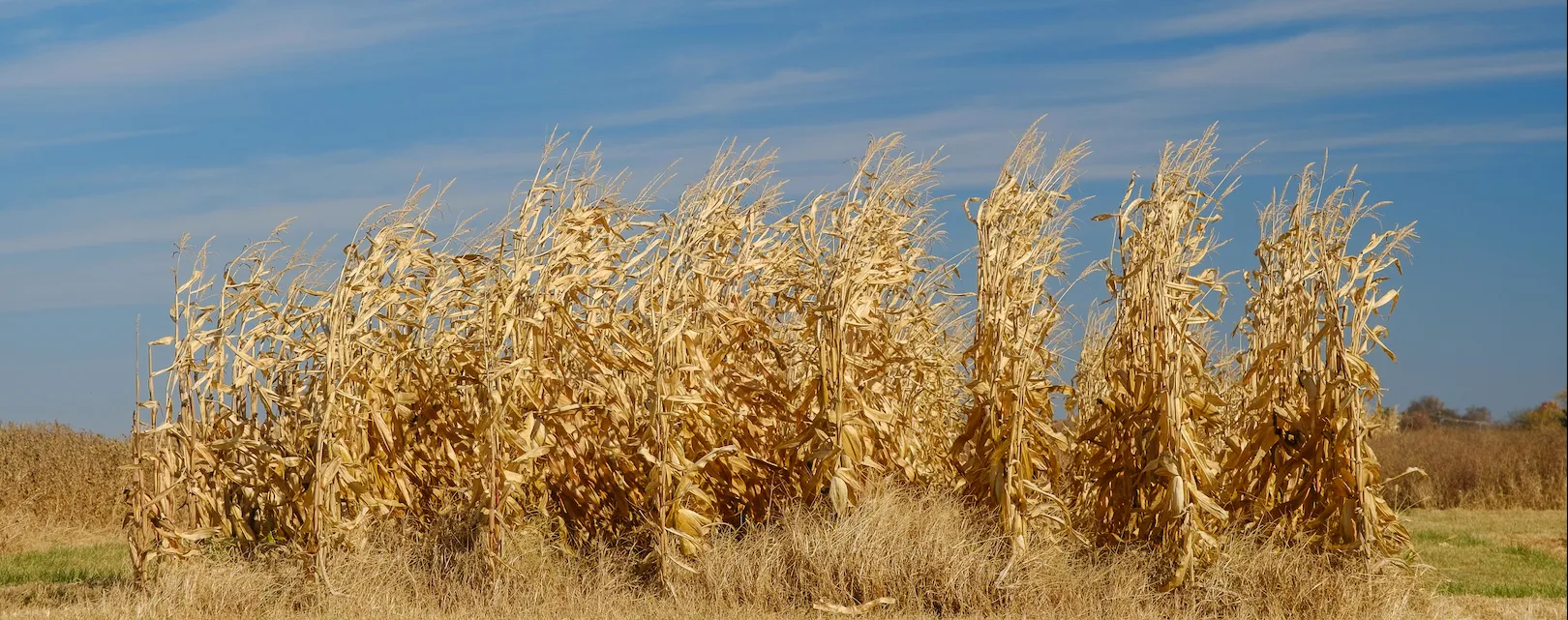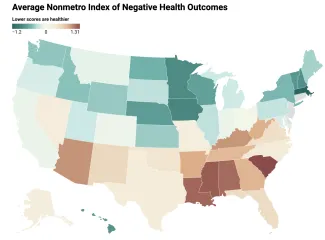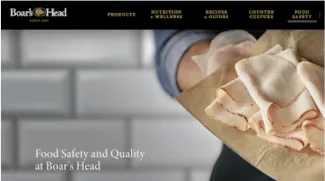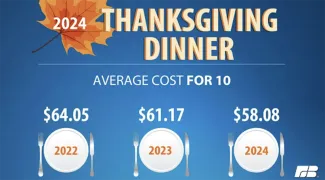Amid national health care provider shortages, Alabama is investing in a high school public health care boarding school "to address [the state's] health care staffing crisis, particularly in rural parts of the state, by training students for roles across the medical field.
Picking out a live Christmas tree, even with the family haggling that often comes with it, is how many Americans officially begin their holiday season. But this year, Christmas tree farmers had to work harder and with more creativity to get those trees ready for sale.
When compared to their urban counterparts, rural communities continue to face health disparities for a wide range of reasons; however, a new analysis of County Health Rankings & Roadmaps data by The Daily Yonder suggests that this "disparity is driven partly by unequal access to civic infrastructure."
A change in federal policy during the 1980's created modern-day "food deserts" in poor and rural communities. While the revision was intended "to reward the biggest retail chains for their efficiency," writes Stacy Mitchell in her opinion for The Atlantic, it put local grocery stores out of business while increasing food costs in areas already hampered by poverty and depopulation. . . . "Food deserts will not go away until that mistake is reversed."
In the past six months, the number of reported food-borne illness outbreaks and food recalls in the United States has started to feel like a daily occurrence. And as the list of tainted foods grows from deli meat to onions to ground beef, many American consumers are wondering which foods are safe.
Serving up this year's Thanksgiving dinner will cost 5% less than it did in 2023. The average price of this year's turkey dinner with all the trimmings rings in at $58.08, compared to 2023's, $61.17, and 2022's painful $64.05. And while the decrease is welcomed news, this year's Thanksgiving meal is still 19% higher than it was in 2019, according to the American Farm Bureau Federation's 39th annual survey.
The holidays can be the best time of the year, but it can also be the most awkward. As we reconnect with family, friends and coworkers, conversations can veer into uncomfortable stories or political views that lead to dead silence or arguments. In her opinion for The Conversation, philosopher Alexandra Plakias "offers a few strategies people can use to minimize awkwardness and deal with it when it does, inevitably, happen."
After years of decline, the frozen food delivery icon formerly called Schwan's closed its doors after 72 years of service. The company's direct-to-consumer delivery model increased its popularity among rural communities, where its signature yellow trucks became synonymous with good people and food.
The decades-long practice of adding fluoride to public water supplies to prevent tooth decay is under fire from anti-fluoride activists, including "fluoride foe Robert F. Kennedy Jr., who was tapped for a top spot overseeing public health as head of the Department of Health and Human Services," reports Joseph A. Davies for the Society for Environmental Journalists. Kennedy wants "to remove fluoride from drinking water, and President-elect Trump has said he supports the idea."









